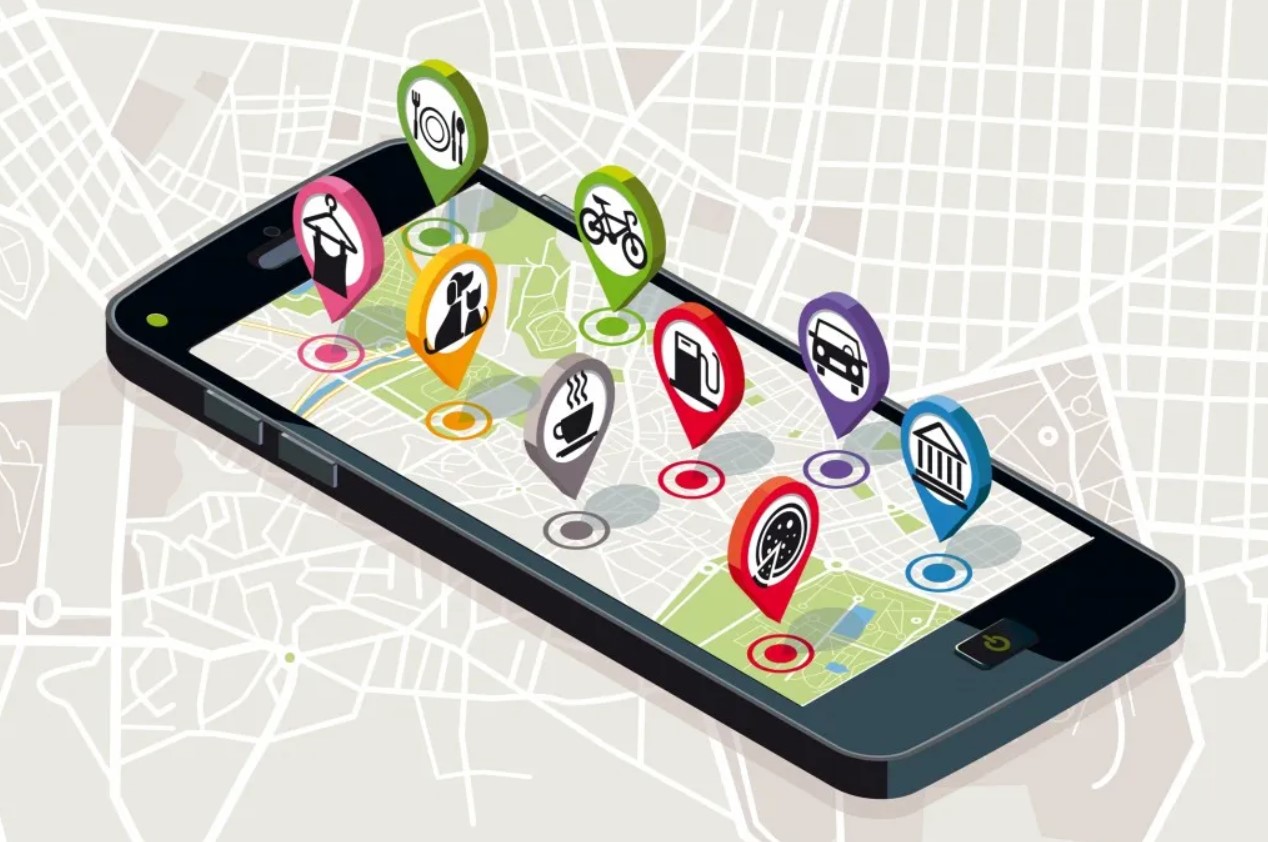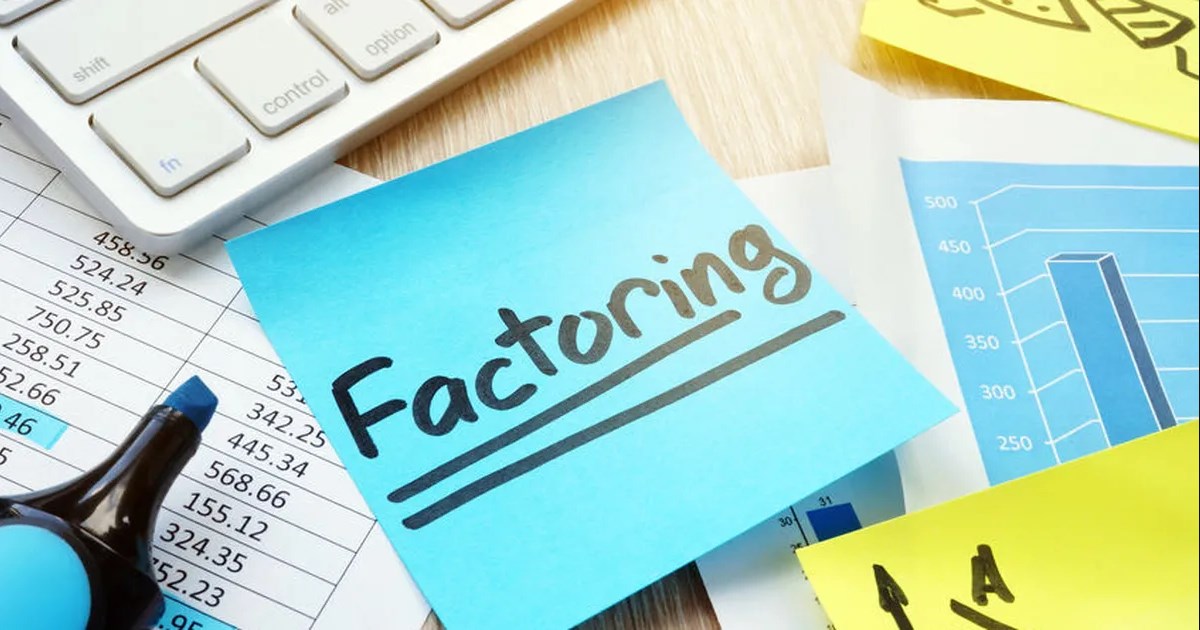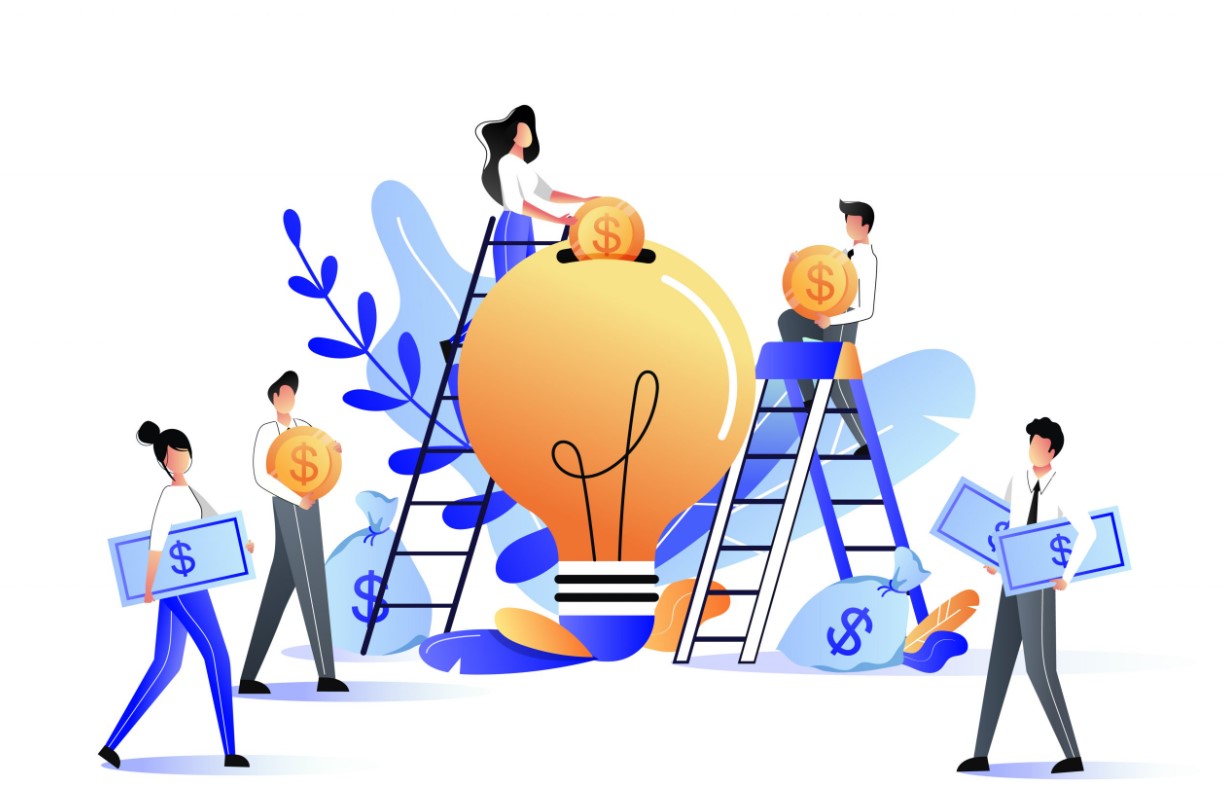How to Budget and Save Money?
Managing your finances is more than just comparing your monthly income and expenses and putting it all in a thick, dusty book. Ultimately, it’s about managing your life: whether you know how to convert money into energy or time spent determines whether you can set the right goal and achieve it rather than crashing halfway through.
Why Keep a Personal Budget?
If you are wondering about this question, then you probably have a budget-related problem. Are you counting the days to payday? It means that your expenses exceed your income: simply put, you are living beyond your financial resources. Want to save money for a necessary purchase, but time after time, ruin the piggy bank for not-so-necessary things? You haven’t planned your spending “program” well. Does the size of your “minus” account turn your credit card into a pocket that is dragging you down to the bottom? Are you borrowing to pay off the loan and borrowing again to pay off the debt?
If at the same time, you seem to have a decent ” enough for everything ” salary, but you somehow still do not have enough – most likely, the problem is not in your purse but in your head. This is the very problem your budgeting skills solve in the first place.
What is a Budget?
In the classic definition, a budget is your plan of income and expenses for the year. Usually, it is made just for the year, which is relevant if you want to make a significant purchase. But if you faint when thinking about annual reports, or your goal is to stop eating only fast food after payday, you can start
with the analysis and planning for the month. It makes no sense to make plans for a more extended period than a year: the uncertainty increases to uncontrollable levels because your situation or the country’s economy beyond the horizon of the annual perspective can change dramatically.
How to Analyze Your Finances?
To budget for the year (or month), you need to know how much money you will make in a year (or month) and how much you usually spend. You need to have statistics on your income and expenses for some previous period to find this out. And to do that, you need to record money coming in – salaries, debt repayments, one-time payments, and regular money coming in. Then you need to record expenses: how much you spent on everyday things like food and housekeeping, how much your regular apartment bill pays, how much you spent on transport, treatments, craft beer on Fridays, trying to ” burn fats” at the gym, etc.
If you only use cash, you’ll have to keep all receipts so you don’t miss anything or switch to a bank card.
If bank cards are your primary payment method, you already have a budgeting tool, even if you haven’t done anything to it. In your mobile app or online banking, you can usually download a bank statement and copy all the records already collected by the expense group into an Excel spreadsheet with your budget. Thus, you will have an average amount of income and expenses for the month and year, allowing you to start planning.
A lot of applications can help you with planning. For example, the CoinKeeper app can help you analyze expenditures and estimate the budget. In general, there are a lot of alternatives on the market, and you will definitely find something that will work for you.
Step One: Count Income
First of all, plan your income. It is easier, especially if you have a fixed salary. If you are a freelancer, calculate the average monthly income.
When planning, use the principle of prudence: we hope for the best, but keep in mind that the reality will be more modest. So it is better to plan a bit lower than expected income, especially if there is some degree of uncertainty (and expenses are a bit higher in case of unforeseen expenditures).
Step Two: Examine Expenses
Once we know our income, we can figure out the spending limit we need to stay within to keep spending reasonable and learn how to save.
Analyze from this list the categories that you spend most often, but there is no need to use a very detailed structure, as it will only make the work on the budget more complicated; only 6-8 categories are enough.
Step Three: Compare Income and Expenses
Compare what you’ve written down in terms of expenses and income. If the estimated expenses exceed the estimated income, it is worth looking closely at each item to see if there is any extra spending.
What to Do?
Understanding exactly what and how much you spend is helpful, even if you have some money left each month. For example, you may suddenly find that, without even realizing it, you’ve been spending twice
as much on cafes and restaurants since you got a raise – even though your daily spending was somewhat insignificant. To keep money from being wasted on things you “didn’t choose,” you need to keep track of all the points and purposely limit them, spend the freed money on a more helpful category, or start saving it.
What Other Ways You Can Save Up?
Even if you don’t have a small bad habit that’s costing you money, regularly setting aside a small amount can provide you with a significant investment.
In the beginning, such small amounts may not be noticeable, but you will manage to buy yourself something useful and valuable over the year.
The next level of saving is the amortization of large purchases, which means the gradual repayment of the purchase price so that a meteor hole doesn’t appear in your wallet and so that the “wound” in your finances gradually heals up.
Suppose you were smart and bought an iPhone for only $1,000. You know that it will last three years for sure. So divide the purchase amount by 36 months: you get about $28, which is how much it costs to use a $1,000 smartphone with a 3-year lifespan every month. Such a procedure is similar to the usual “saving” for purchase. Still, it is essential not just to save up, but the very meaning of this method: you realize how much it costs you per month and gradually part with the amount of money commensurate with the cost of using this product.
At first, this budgeting procedure is challenging to understand: I just spent the money, why do I have to pay again?
But approaching the next purchase, you realize that for three years, as if you have been paying for the use of the iPhone – and so the money for a new one has already been saved. So after buying the next one, you again begin to “amortize” its cost: the price is divided according to the period of use.
It would be perfect for doing so with each big purchase. This way, you can collect money and assess the actual value of the things you use every day. But this level of financial literacy is not for the faint-hearted.
Why a Bank Card Helps You Save Better Than a Glass Jar?
Remember the main rule of a financier: make your money work. If you have money under your mattress, you’ve done a great job coping with the temptation to waste it. Still, if you don’t make a purchase soon that will help you make money (for example, buy a new tool for your work) or don’t put it into interest, this money’s value will gradually fall.
But don’t rush right away and speculate on currency fluctuations, buy stocks, or ask the bank to cut you off a chunk of gold bar. Instead, start with a simple, safe tool – a debit card.
To decide which bank card to choose, you must compare who offers which interest rates.
If you meet certain conditions – you do not go to zero, and always have a certain amount on the card, can spend a certain amount of money from the card every month, or use other bank products – the bank may offer a higher rate on the account balance.
What is Cashback, and Why do Banks Pay us Back?
When it comes to paying for goods and services, the card is more profitable than cash due to the cashback – the percentage the bank gives you back at the end of the month from purchases paid with the card.
Of course, banks aren’t crazy enough to just give us their money back. To understand where it comes from, you have to consider three characters involved in a purchase made with a card: you, the merchant, and the bank, which moves the money from your account to the merchant’s account.
The merchant pays the bank a fee for using the bank’s services – and it’s part of that fee that the latter pays back to you so that you feel loved, cared for, and are more willing to bring your money to the bank (it’s profitable, right?).
There’s also a great trick with cashback: use your card to pay for friends who still use cash at cafes and stores. Your friends won’t lose anything by giving money to you, while you get a cashback for them.
The Card Makes Life Easier
If you’re a financial slob, the card will keep you from losing money, crumpled papers falling out of your pockets, or “disappearing” into something you can’t remember what for. If you’re a technophile who always forgets his wallet with a smartwatch, they can be your bag of gold, leaving your pockets and thieves in the subway empty.
In addition, the card helps solve the most unpleasant routines of adulthood. Suppose you’re just starting your path to paying your electricity bills. In that case, utilities or car fines, and the idea of finding papers in the mailbox and dragging yourself to the bank to pay seems like an existential problem. Just relax and turn on automatic payments.
Since you’re storing money on your card, let it be charged on time for all the bills you need to cover: you’ll just get an alert, not penalties for late payments.
To Sum It Up
Managing a budget requires discipline – but it’s not as scary as you imagine. Taking 10 minutes a day in the evening is enough to write down the day’s expenditures. Instead, the control allows us to plan, which, in the end, gives us the freedom we all strive for.
For premium readers







